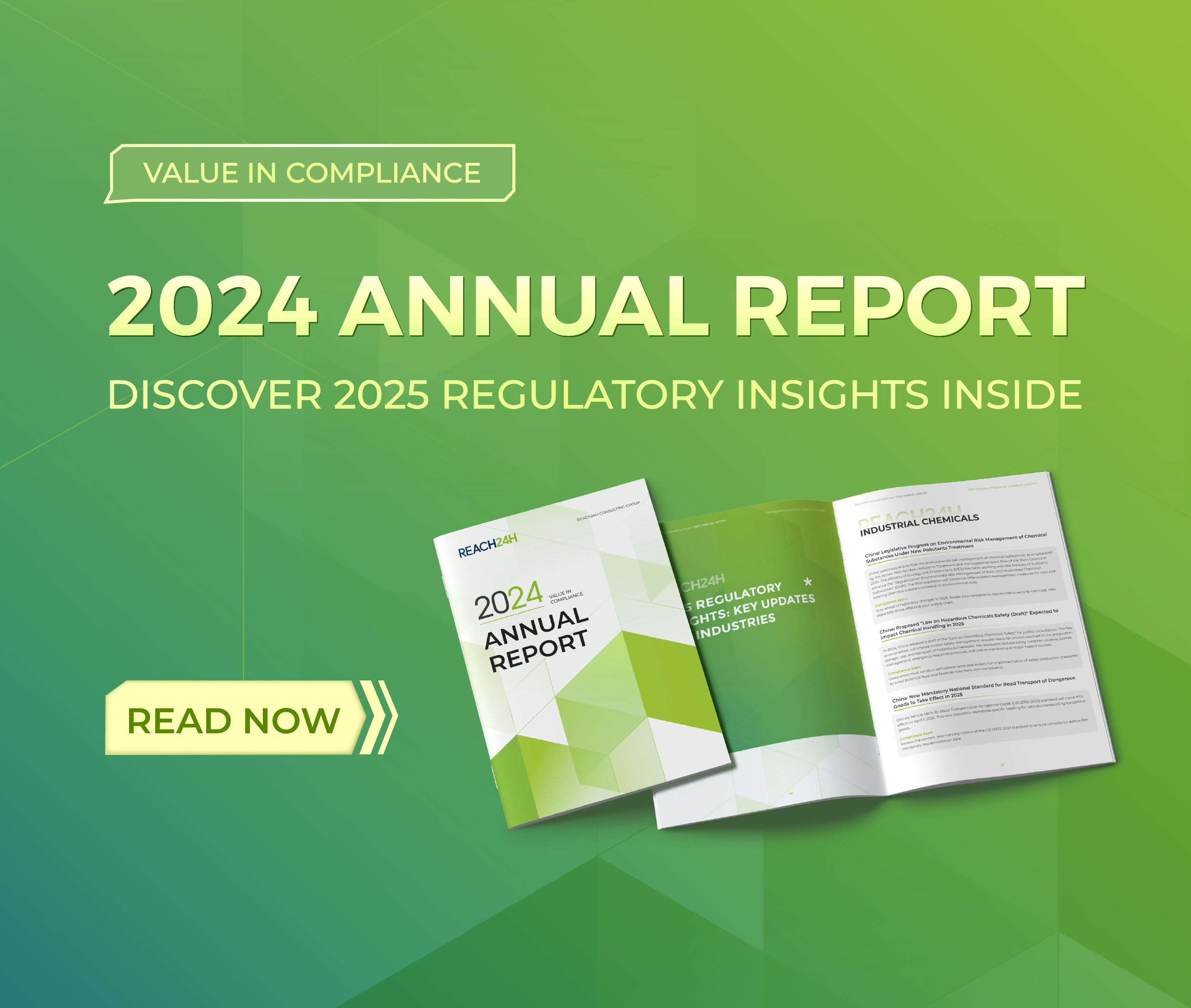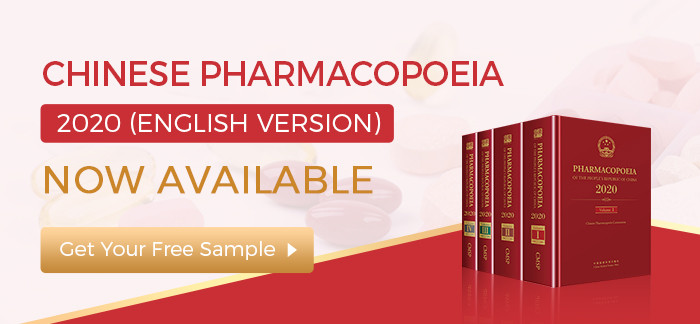2019 Compliance Review: Cosmetic Regulatory Updates in EU
The European Union’s Scientific Commission for Consumer Safety Issues Final Opinion on Salicylic Acid in Cosmetics
The European Union’s Scientific Commission for Consumer Safety (SCCS) issued its final opinion on the use of salicylic acid in cosmetics, which concluded that it is safe to use as preservative in concentrations of less than 0.5%, but is not applicable to oral products (except lipsticks) and any other products that may lead to inhalation exposure, such as spray products. Additionally, the formal opinion concluded that it is also safe to be used in rinse and other categories of cosmetics when the concentration of salicylic acid is separately less than 3% and 2% as non-preservative, while the concentration can be not exceed 0.5% when used in body lotions, eye shadows, mascaras, eyeliners, lipsticks and deodorant products.
Compared with the current provisions of the regulations, this opinion by SCCS added more non-applicable types of products. Following this final opinion, subsequent changes were made to the regulations, so companies are advised to pay close attention and stay updated.
SCCS Releases the Second Round of Review on Hydroxyethoxyphenylbutanone in Cosmetics
On March 5, 2019, The SCCS released the second round of reviews on hydroxyethoxyphenylbutanone in cosmetics concluding It is safe to use HEPB at a maximum concentration of 0.7% (for eye irritation) as preservative in rinse products, oral products and disposable cosmetics. In 2017, SCCS conducted the first round of evaluations on hydroxyethoxyphenylbutanone, finding that the maximum use concentration of 2.0% as a preservative is unsafe, while it is safe when concentration is up to 0.7%.
Currently there is no provision for hydroxyethoxyphenylbutanone in EU Cosmetics Regulation (EC) No 1223/2009 so this substance is expected to soon be added as a new preservative.
EU Releases Catalogue of Cosmetic Ingredients
The current catalogue and nomenclature of ingredients used in cosmetics labeling are stipulated in 96/335 / EC , last updated by the European Commission in 2006. On April 5, 2019, the European Commission promulgated the resolution of 2019/701, which decided to abolish 96/335 / EEC and begun using the new Catalogue of cosmetic ingredients from May 8, 2020. The reason behind this Catalogue was the large number of new ingredients entering the market each year and the reported outdated state of the original catalogue and nomenclature.
European Commission Releases Three Amendments to Cosmetics Regulations
The European Commission released amendments to cosmetics regulations 2019/681, banning the use of substance 2-chlorine-p-phenylenediamine, its sulphate and dihydrochloride salts in hair dye products, including eyebrow and eyelash dyeing products. Following the ban, products that do not meet these requirements stopped being allowed to enter EU market from November 22, 2019, and they may not be sold in the EU market as from February 22, 2020.
The amendment 2019/680 stipulates that Phenylene Bis-Diphenyltriazine is safe for use as a UV filter in sunscreen with a maximum concentration of 5%, and may only be used dermally (as opposed to its use in products that may lead to inhalation exposure). The new regulation came into effect 20 days after it was published.
The amendment 2019/698 adds restrictions of clomiprazole as a preservative and non-preservative in cosmetics. According to the latest regulations, clomiprazole is currently allowed as a preservative in cosmetic products at a maximum concentration of 0,5 % in ready for use preparations in creams, conditioners and foot care products is 0.2% and in shampoo is 0.5% when used as a preservative, while the maximum concentration is 2% when used in shampoo as non-preservative.
For this revised regulations, relevant enterprises should check their products in time to ensure they can meet the corresponding requirements within the time required.
EU Updates List of Prohibited Substances in Cosmetics Regulations
The European Commission released amendment 2019/831 which included some carcinogenic, mutagenic or toxic to reproduction (CMR) substances in the list of prohibited substances and 227 types CMR were added to Annex II, such as formaldehyde, paraformaldehyde, dichloromethane, perboric acid, polyhexamethylene Hydrochloride etc. In addition, CMR substances that can be used under certain conditions have been revised in Appendix III.
The Content Adjustment of O-phenylphenol in Preservative Takes Effect
In accordance with the COMMISSIONREGULATION 2018/1847 released on 26 November 2018, the maximum concentration of the existing preservative o-phenylphenol as a preservative should be allowed with a maximum concentration of 0,15 % ( a reduction from the previous 0.2% ) and 0,2 % in rinse-off cosmetic products (evidencing no change).
The revised regulation has now come into effect and the companies containing this type of preservatives need to update their formulas immediately.
SCCS Releases the Latest Guidance on the Safety Assessment of Nanomaterials in Cosmetics
On October 30, 2019, the SCCS released the latest Safety Assessment Guidance on Nanomaterials in Cosmetics. Before this, SCCS had released the first version of the guidance on nanomaterials in cosmetics back in 2012. On the latest safety assessment guidance, it has absorbed the latest knowledge about the development of nanomaterials and added new sections on nanocaterials, nanocapplets as well as the contents of immunotoxicology, and a new safety file which was added to SCCS in the annex section.
The European Commission Releases Updated Information of Cosmetic Regulations
The European Commission released two updated cosmetic regulations on November 6, 2019 and November 27, 2019. In 2019/1857, the European Union released the latest requirements for the use of titanium dioxide as a UV-filter in cosmetic products, adding the use of combined titanium dioxide and related warning terms. In 2019/196, the European Commission revised the relevant provisions on salicylic acid (refer to the final assessment of the salicylic acid released by the SCCS mentioned above), added 19 new CMR substances in Annex II and corrected some errors in 2019/831. According to the revised regulations, the effective date for the implementation of these changes regarding salicylic acid and new CMR substances will be May 1, 2020. Other regulatory changes will take effect on the 20th of the resolution.




